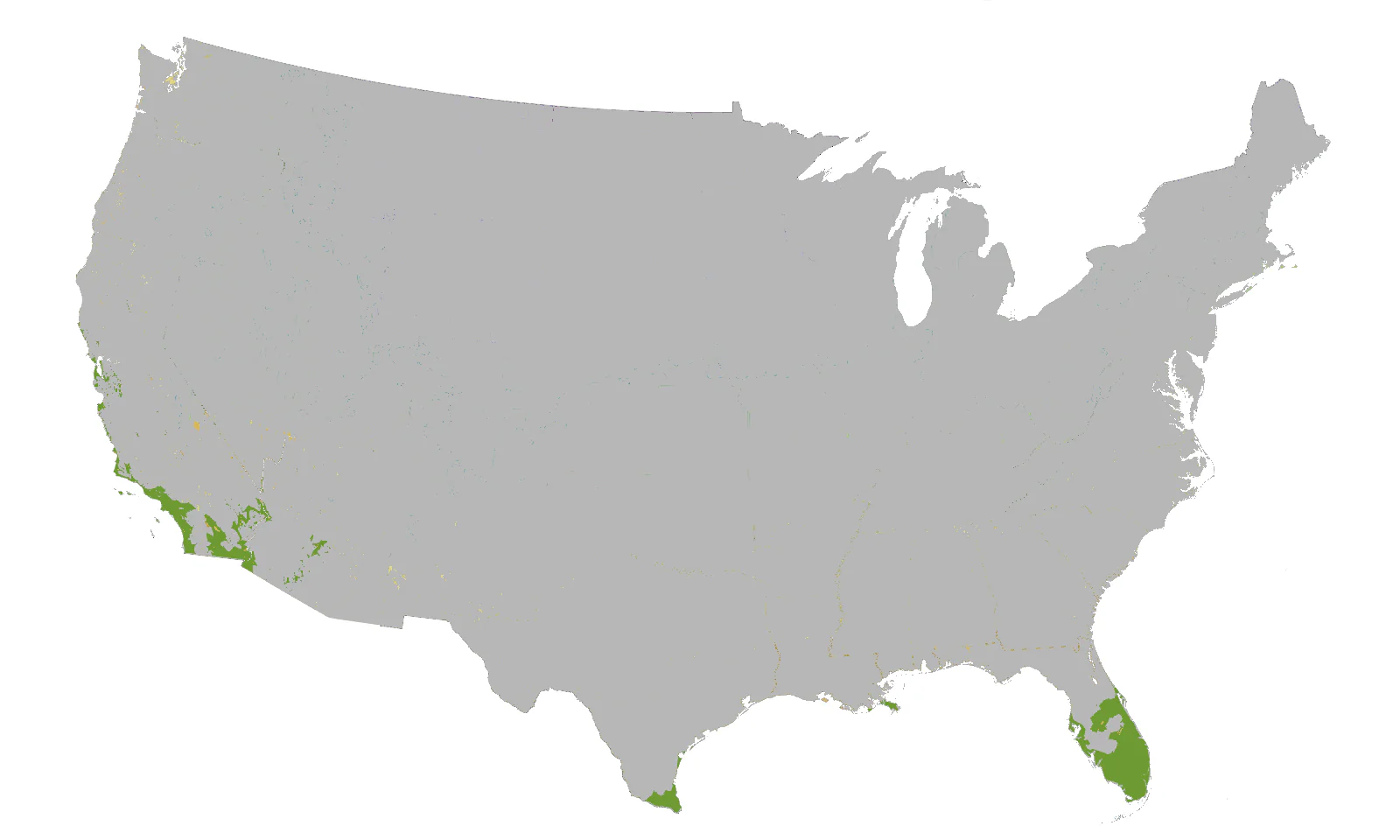
Key Features
Special considerations
Growing and Care Instructions
-
Fertilizing
Fertilize with a balanced fertilizer during the growing season.
-
Watering
Water deeply but infrequently, allowing soil to dry between waterings.
-
Light Requirements
Full sun to partial shade.
| Type | Fruit-bearing |
|---|---|
| Lifespan | 30–40 years |
| Growth | Moderate |
| Max Height | 15–20 ft |
| Max Width | 10–15 ft |

10-11 Container / 10-11 Outdoors |
|
Turpentine mango is primarily used as rootstock for grafting other mango varieties. Here are the key uses and characteristics of turpentine mango:
1. Rootstock: Turpentine mango is considered the gold standard for mango rootstock, especially in Florida and the Caribbean. It provides an excellent foundation for grafting other mango varieties.
2. Strong root system: Turpentine rootstock develops a wide lateral root system and a deep tap root, creating a super strong foundation for grafted trees.
3. Resilience: Trees grafted onto turpentine rootstock can thrive in various extreme weather conditions, including strong winds, drought, and floods.
4. Pest and disease resistance: Turpentine rootstock offers unparalleled pest and disease resistance, contributing to the longevity and health of grafted mango trees.
5. Easy care: Grafted mango trees with turpentine roots are easier to care for compared to trees with less vigorous root systems. They are forgiving and require minimal attention.
6. Fast growth: Turpentine mango seedlings grow quickly and can be grafted onto as early as six months of age.
7. Fruit production: While turpentine mangoes are edible, they are generally not preferred for consumption due to their small size, fibrous flesh, and sometimes strong resin-like flavor. However, some people, particularly those from Jamaica, enjoy eating them or using them for juicing.
8. Historical significance: Turpentine mangoes were likely the first type of mangoes successfully introduced to Florida in the 1860s and have played a role in the development of many Florida mango varieties.







